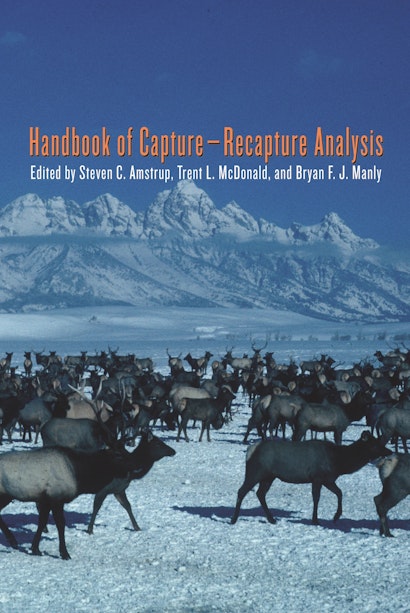Every day, biologists in parkas, raincoats, and rubber boots go into the field to capture and mark a variety of animal species. Back in the office, statisticians create analytical models for the field biologists’ data. But many times, representatives of the two professions do not fully understand one another’s roles. This book bridges this gap by helping biologists understand state-of-the-art statistical methods for analyzing capture-recapture data. In so doing, statisticians will also become more familiar with the design of field studies and with the real-life issues facing biologists.
Reliable outcomes of capture-recapture studies are vital to answering key ecological questions. Is the population increasing or decreasing? Do more or fewer animals have a particular characteristic? In answering these questions, biologists cannot hope to capture and mark entire populations. And frequently, the populations change unpredictably during a study. Thus, increasingly sophisticated models have been employed to convert data into answers to ecological questions. This book, by experts in capture-recapture analysis, introduces the most up-to-date methods for data analysis while explaining the theory behind those methods. Thorough, concise, and portable, it will be immensely useful to biologists, biometricians, and statisticians, students in both fields, and anyone else engaged in the capture-recapture process.
Awards and Recognition
- Winner of the 2007 Wildlife Publications Award in the Outstanding Edited Book Category, The Wildlife Society
Steven C. Amstrup researches bears and their ecosystems. His interests include distribution and movement patterns as well as wildlife population dynamics. Trent L. McDonald is a statistician and project manager with Western EcoSystems Technology, Inc. and Adjunct Professor of Statistics at the University of Wyoming. Bryan F. J. Manly is the author of several books on the statistics of natural selection, multivariate analysis, resource selection by animals, research study designs, computer-intensive statistics, and environmental statistics.
"This is a good book for anyone with a basic understanding of capture-recapture models who wants to develop their knowledge and apply these techniques to their own data. Exactly what a handbook should be!"—Laura Cowen, Quarterly Review of Biology
"The editors have done an admirable job in trying to make complex capture-recapture models accessible to a greater range of field-based ecologists."—David Wilson, Austral Ecology
"The capture, tagging, and subsequent recapture of animals, birds, and fish is the field biologists most important tool for enumerating and quantifying the status of wild populations. This mark-recapture data must be subjected to sophisticated statistical analyses back in the office, and there can be a disconnect between those who do the field work and those who do the analyses. This text, written by authors with expertise in the field and in the office, successfully bridges that gap. This handbook will be immediately useful to ecologists, biologists, and statisticians."—Northeastern Naturalist
"This book is easy to read, well organized, and relies throughout on leading experts in the field. The authors have a perfect command of the subject and cover capture-recapture methods in a comprehensive way."—Jean-Dominique Lebreton, director of research, Centre National de la Recherche Scientifique and co-director, Centre d'Ecologie Fonctionnelle et Evolutive
"The authors are among the leaders in the world in developing and applying capture-recapture methods. This book will be a major contribution to the field."—William L. Kendall, research biometrician, USGS Patuxent Wildlife Research Center

